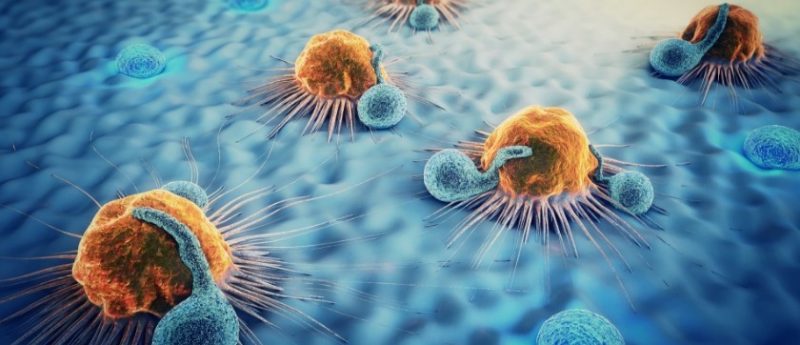From linear ‘dogma‘ and trastuzumab–emtansine to future transcriptional circuitry-based drug discovery for breast cancer

Almost six decades have been spent by researchers and clinicians, after the DNA double helix discovery, on the simple transcription concept of a single gene–phenotype linear approach. All currently available drugs, including targeted agents, against a single genetic abnormality [1], are based on this idea established by Crick in 1958 [2]. However, the transcriptional process is far more complicated [3], with recent evidence for transcriptional circuitry driving genes and cell function. This knowledge has been enabled by high-throughput sequencing technologies and computational network approaches [4,5]. In this article, we summarize the latest success paradigm of the trastuzumab–emtansine conjugate (T-DMI) and other new combinations of monoclonal antibodies (mAbs) and tyrosine kinase inhibitors (TKIs) for human EGF receptor 2 (HER2)-positive breast cancer, all based on the central ‘dogma‘ of linear experimentation. In addition, we highlight the future next-generation, molecular networks-based therapeutics in breast cancer.
Click here to view full article.



